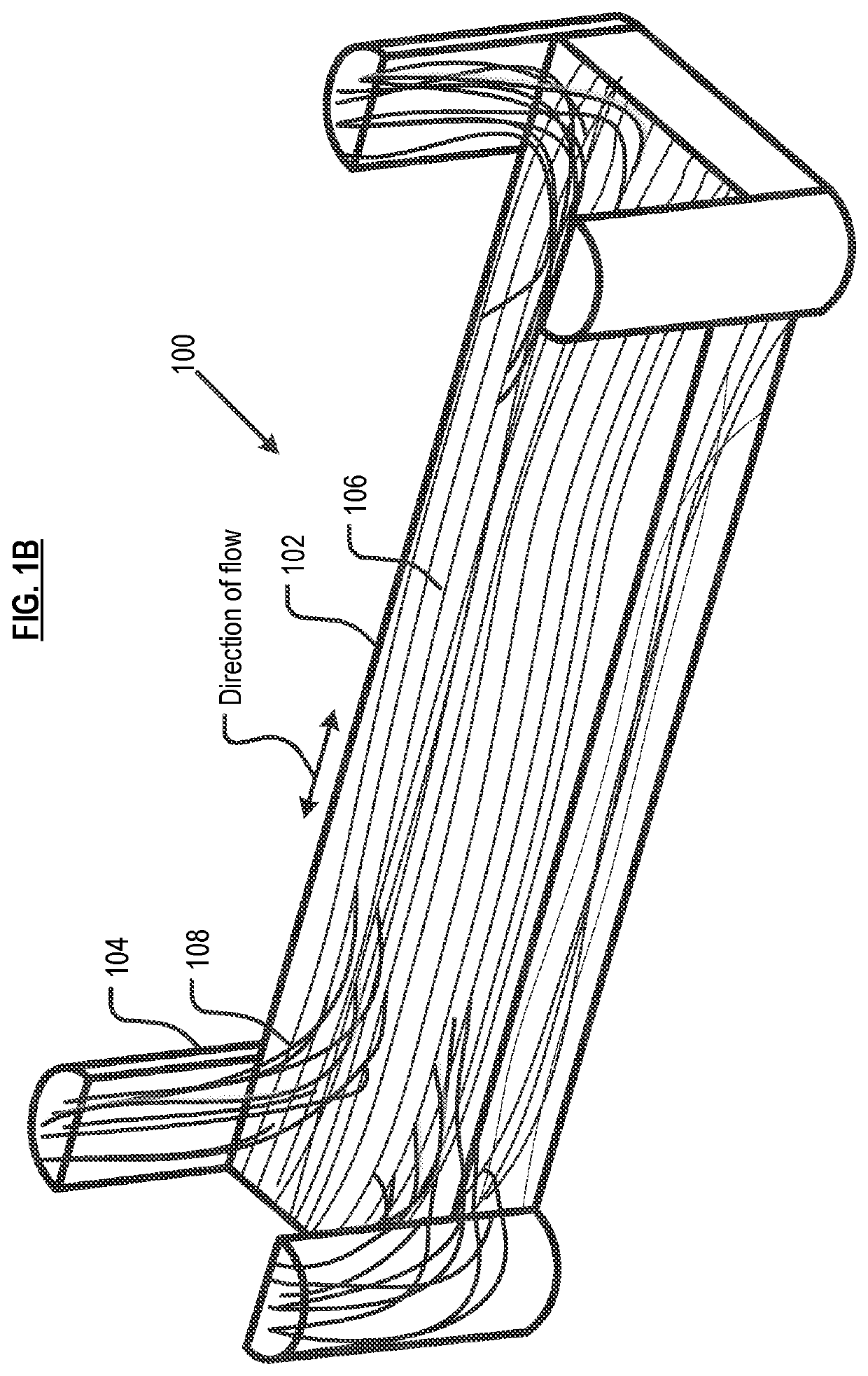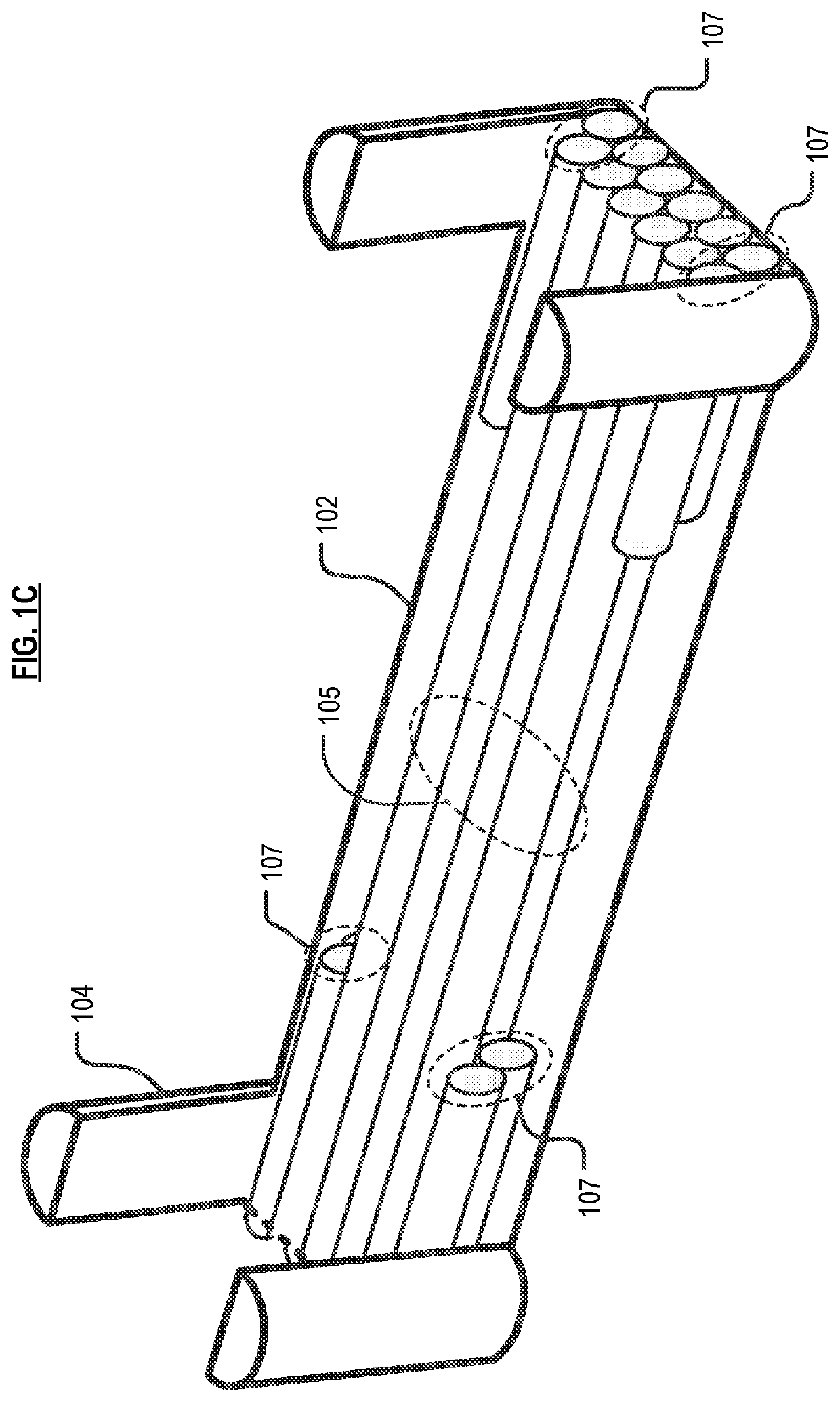Methods and compositions for compression molding
- Summary
- Abstract
- Description
- Claims
- Application Information
AI Technical Summary
Benefits of technology
Problems solved by technology
Method used
Image
Examples
Embodiment Construction
[0073]Compression molding, well known in the art, utilizes a female mold and a male mold, applying heat and pressure to form a molded part. Relative to the prior art, methods described herein provide improvements in compression-molded parts comprising fiber composites.
[0074]Referring now to FIG. 6, in method 600 in accordance with the invention, the volume and length of the flowing continuous fiber bundle(s) are determined in task S601. The length of a flowing continuous fiber bundle(s) is based on the length of the typically relatively smaller cavities / feature(s) (hereinafter “minor features”) that depend from the major features(s), plus the amount of overlap that is desired between the flowing fiber and the non-flowing fiber. In other words, the “overlap” is a measure of how far the flowing fibers will extend beyond the minor feature. The desired overlap is based, at least in part, on the type / location of stresses to which the final fiber-composite part will be subjected. As a pra...
PUM
| Property | Measurement | Unit |
|---|---|---|
| Fraction | aaaaa | aaaaa |
| Fraction | aaaaa | aaaaa |
| Fraction | aaaaa | aaaaa |
Abstract
Description
Claims
Application Information
 Login to View More
Login to View More - Generate Ideas
- Intellectual Property
- Life Sciences
- Materials
- Tech Scout
- Unparalleled Data Quality
- Higher Quality Content
- 60% Fewer Hallucinations
Browse by: Latest US Patents, China's latest patents, Technical Efficacy Thesaurus, Application Domain, Technology Topic, Popular Technical Reports.
© 2025 PatSnap. All rights reserved.Legal|Privacy policy|Modern Slavery Act Transparency Statement|Sitemap|About US| Contact US: help@patsnap.com



